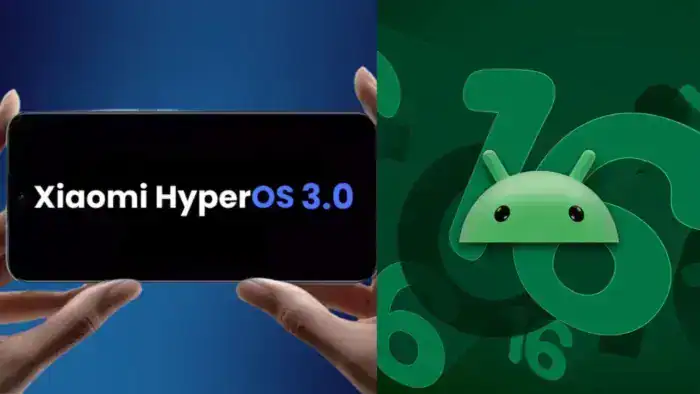PhonesXiaomi
Xiaomi Quietly Confirms Android 16 for HyperOS 3 — Here’s Why That Matters

Nick Papanikolopoulos
August 9, 2025

Sometimes the most important announcements don’t happen on stage. They slip into the wild almost by accident. That’s exactly how we found out Xiaomi’s next big software move: in a reply to a bug report about… a clock animation. The user complained, Xiaomi responded, and buried in the short answer was the key: “Fixed in Android 16.” No grand build-up, no teaser campaign. Just that, plus an estimated arrival date — July 31, 2025. If you own a Xiaomi 14 running Android 15, that’s your first real confirmation that the next chapter is HyperOS 3, and it’s built on Google’s latest OS.

A small note with big implications
On the surface, “moving to Android 16” sounds like the usual annual step forward. But Xiaomi’s approach to major updates has always been about more than ticking a box.
HyperOS 3 is expected to smooth out animations and transitions — the little things that make a phone feel more responsive. The company’s engineers are also promising deeper system stability, which, if history is any guide, means fewer random app crashes and better performance over time.
And then there’s AI. Xiaomi has been sprinkling machine learning into its apps for a while — from organizing your photos to suggesting the next word before you type it. The jump to Android 16 might expand these tools in ways we won’t fully appreciate until we live with them. Or until they surprise us in some everyday moment.

Of course, the timeline is still fuzzy. Internal notes hint at Chinese units getting the update first, which is standard practice, with other markets following “soon.” That word can mean weeks… or months, depending on where you are.
Why HyperOS 3 isn’t just another update
Yes, it will squash bugs — including that clock animation — but HyperOS 3 feels like a statement. A way for Xiaomi to say, “We can match our hardware with equally refined software.”
The Xiaomi 14 is already a capable device; adding a fresher interface, better resource management, and extended support only strengthens its position. In a market where long-term updates increasingly influence buying decisions, this matters.
And it’s not just about catching up to rivals like Samsung or Google. Xiaomi’s strategy here is to create its own rhythm — releasing updates that feel purposeful, not rushed. Whether that pays off will depend on execution, but if they get this right, HyperOS 3 could extend the life — and maybe even the appeal — of Xiaomi’s flagships well beyond the typical upgrade cycle.
Disclaimer: We may be compensated by some of the companies whose products we talk about, but our articles and reviews are always our honest opinions. For more details, you can check out our editorial guidelines and learn about how we use affiliate links.Follow Gizchina.com on Google News for news and updates in the technology sector.
Source/VIA :
XT